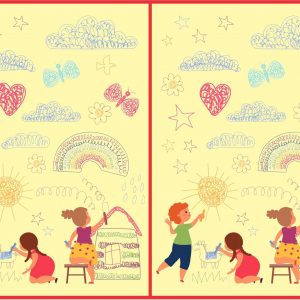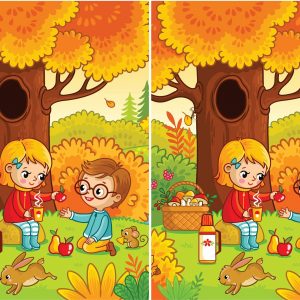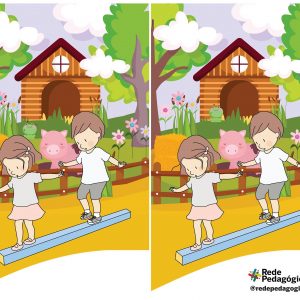The Power of Curiosity: Why Children’s Questions Shape Their Intelligence and Growth
A curious child sits beside her mother, repeatedly asking, “Why?” as she works on her homework. The mother, smiling, types away on the computer, seemingly looking for answers. Behind them, a painting of “The Thinker” reinforces the essence of curiosity—the foundation of learning, reasoning, and discovery.
This simple yet profound scene captures a universal experience—children constantly asking “why.” Their endless curiosity might seem exhausting to adults, but it’s a crucial part of their cognitive development. Asking questions isn’t just about getting answers; it’s about understanding the world, developing critical thinking skills, and fostering a lifelong love for learning.
So, why do children ask so many questions? And how can parents and educators nurture this natural curiosity in a way that helps children thrive? Let’s dive into the importance of curiosity, the role it plays in education, and the best ways to encourage and guide inquisitive young minds.
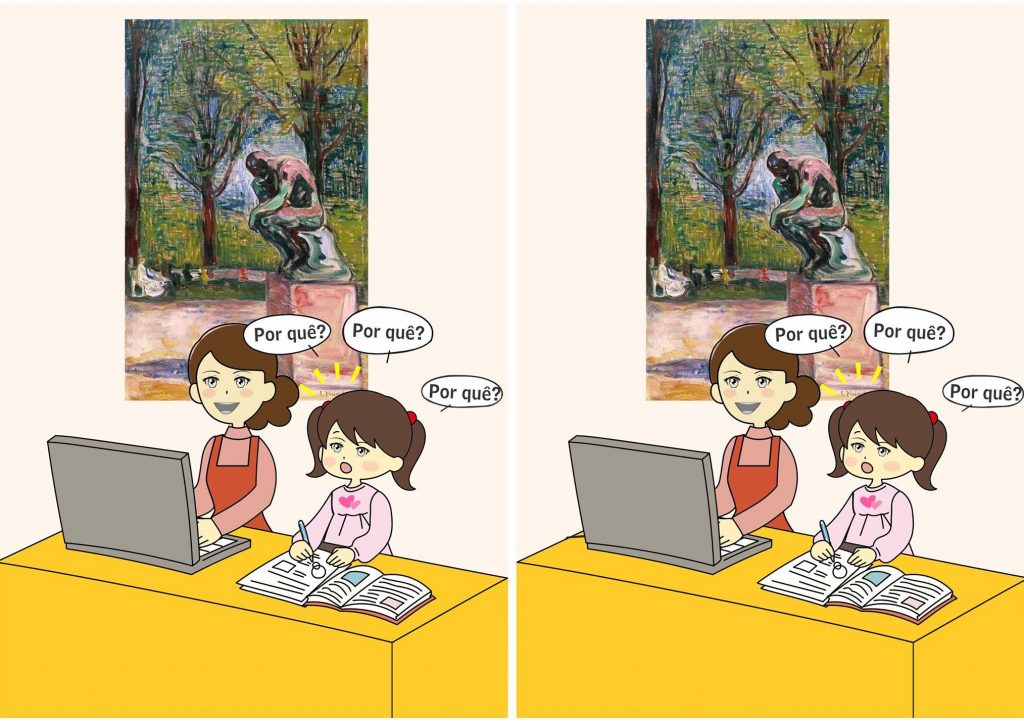
The Science Behind a Child’s Endless Curiosity
Children are natural-born learners. From the moment they begin to talk, they start asking questions—sometimes hundreds in a single day. But why is this?
The Developmental Role of Questioning
Studies in child psychology reveal that asking questions is a fundamental part of brain development. When children ask “why,” they are not only seeking information but also strengthening neural connections, improving their ability to reason, and expanding their understanding of cause and effect.
Curiosity and Brain Growth
Every time a child asks a question, their brain activates regions related to problem-solving and decision-making. Neuroscientists have found that curiosity boosts learning by triggering the release of dopamine—the brain’s “reward” chemical. This means that the more a child is encouraged to ask and explore, the more their brain develops.
How Curiosity Fuels Critical Thinking and Creativity
When children ask “why,” they aren’t just memorizing facts—they’re actively engaging in deeper thinking. Curiosity fosters critical thinking, creativity, and the ability to connect different ideas.

Encouraging Problem-Solving Skills
A curious child doesn’t just accept things at face value. They challenge assumptions, seek explanations, and learn how to solve problems on their own. This type of thinking is essential for success in both academics and real-life situations.
Boosting Imagination and Innovation
Some of the greatest minds in history—from Albert Einstein to Leonardo da Vinci—were driven by curiosity. Children who frequently ask questions develop an innovative mindset, leading them to think outside the box and come up with creative solutions.
The Role of Parents and Educators in Nurturing Curiosity
While curiosity is natural, it needs the right environment to thrive. Parents and teachers play a crucial role in either encouraging or stifling a child’s inquisitive nature.
Responding to Questions with Patience and Encouragement
Instead of dismissing endless “whys” as annoying, adults should see them as golden opportunities for teaching and bonding. Responding with enthusiasm, even if you don’t know the answer, encourages a child to keep exploring.

Using Technology as a Learning Tool
As seen in the image, the mother is using a computer—likely searching for answers. In today’s digital age, access to information is limitless. Parents can use educational apps, videos, and interactive tools to help children find answers to their questions in a fun and engaging way.
The Connection Between Curiosity and Academic Success
Research shows that curiosity is a stronger predictor of academic success than intelligence alone. Children who are naturally inquisitive tend to perform better in school because they are motivated to learn.
Learning Beyond the Classroom
A child who asks questions isn’t just memorizing textbook material—they’re actively engaging with knowledge. This type of learning sticks with them longer than passive learning, where information is simply presented to them without room for exploration.
Curiosity as a Pathway to Lifelong Learning
Curiosity-driven learning doesn’t stop in childhood. The most successful people are those who never stop asking questions, whether in their careers, personal growth, or scientific discoveries. By fostering curiosity at an early age, parents and educators help children develop a mindset that encourages continuous learning.

The Challenges of Answering Endless Questions
While nurturing curiosity is essential, it can sometimes be overwhelming. Parents and teachers often struggle with answering every single “why” a child throws their way. So, how can adults strike a balance?
Encouraging Independent Exploration
Instead of providing direct answers to every question, encourage children to seek answers themselves. Ask, “What do you think?” or “How could we find out?” This method helps them develop research skills and independent thinking.
Teaching the Value of Thoughtful Questions
Not all questions have simple answers. Teaching children how to ask meaningful, well-thought-out questions helps them develop patience and deeper reasoning skills. Instead of just “Why is the sky blue?” guide them toward “How does light create different colors?”
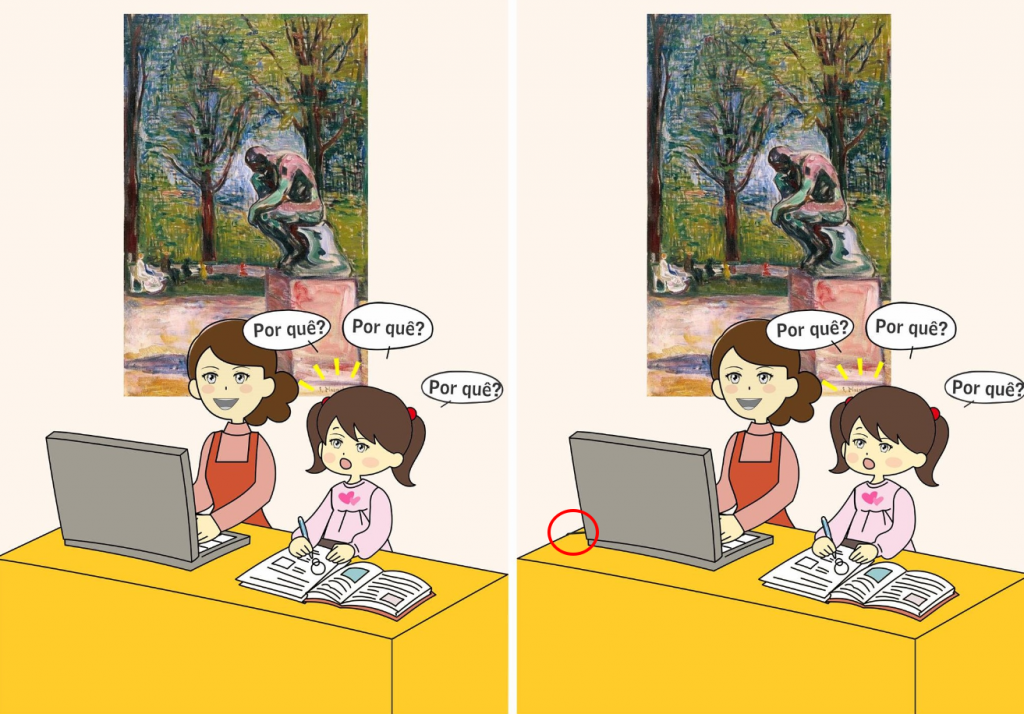
Conclusion: The Power of a Questioning Mind
The image of the inquisitive child and her patient mother illustrates a powerful lesson—questions are the gateway to knowledge. Every “why” leads to deeper understanding, better problem-solving skills, and a lifelong passion for learning.
Encouraging children to question the world around them isn’t just about giving them answers; it’s about teaching them how to think, explore, and grow. The next time a child asks “why,” remember—it’s not just a question, it’s a step toward a brighter, more curious future.
